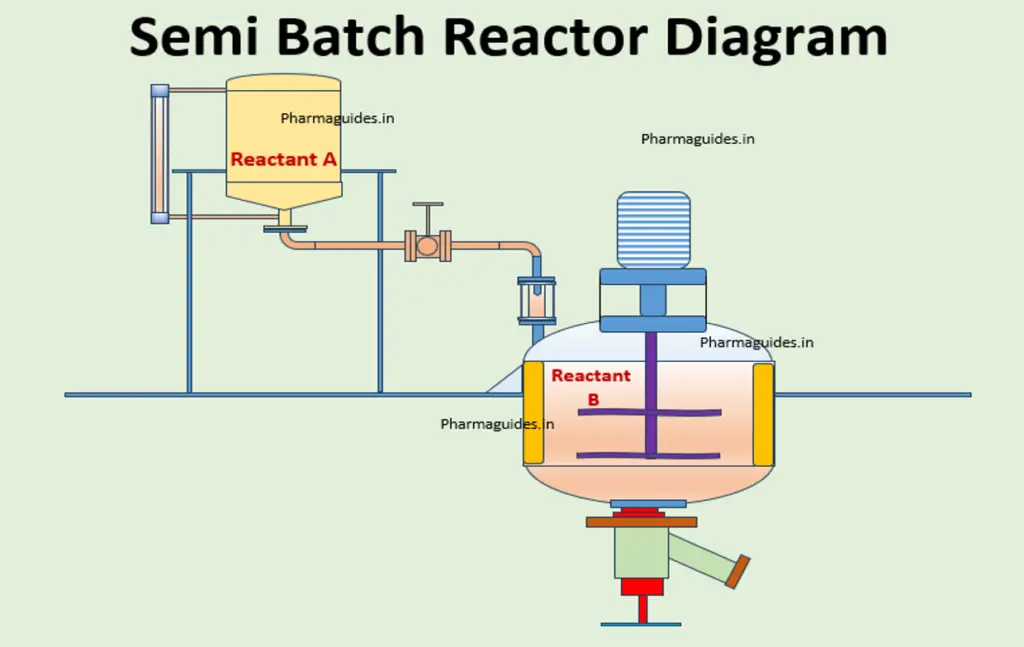boiler blowdown procedure Step by Step
Article Contents
Boiler Blowdown Procedure
A comprehensive boiler blowdown procedure involves multiple steps, dos and don’ts, and a checklist to ensure safe and efficient operation. Here’s a detailed guide:

Steam Boiler Blowdown Procedure
Step 1: Determine the Blowdown Rate
- Do: Calculate the required blowdown rate based on boiler size and water treatment program.
- Don’t: Overlook the importance of accurately calculating the blowdown rate, as it affects water quality and efficiency.
Step 2: Prepare for Blowdown
- Do: Close the main steam valve to isolate the boiler from the rest of the system.
- Don’t: Attempt blowdown without proper isolation, which can be dangerous and ineffective.
Step 3: Intermittent Blowdown
- Do: Open the blowdown valve partially to release a small volume of water. Monitor water clarity and drain for the absence of steam.
- Don’t: Open the valve too wide or fully, as this can lead to water hammer or loss of steam.
Step 4: Continuous Blowdown
- Do: Determine the appropriate rate and duration for continuous blowdown.
- Don’t: Neglect the need for continuous blowdown, as it helps maintain water chemistry.
Step 5: Monitor Parameters
- Do: Regularly monitor boiler water parameters like conductivity, pH, and total dissolved solids to ensure the blowdown process is effective.
- Don’t: Overlook parameter monitoring, as it’s critical for maintaining water quality.
Step 6: Safety Precautions
- Do: Follow safety protocols, use personal protective equipment, and ensure blowdown water is not at a hazardous temperature.
- Don’t: Disregard safety measures, as blowdown water can be hot and pose safety risks.
Step 7: Record Keeping
- Do: Maintain records of blowdown operations, including the volume discharged, frequency, and water parameters.
- Don’t: Ignore the importance of record keeping, as it helps track the effectiveness of the blowdown process.

Step 8: Review and Adjust
- Do: Periodically review the blowdown procedure and make adjustments as necessary to ensure it remains effective and efficient.
- Don’t: Assume that the initial procedure will always be suitable; periodic reviews are crucial for optimal operation.
Download PDF
Blowdown Checklist
- ☑ Verify the blowdown rate calculation is accurate.
- ☑ Ensure proper isolation of the boiler before initiating blowdown.
- ☑ Open the blowdown valve gradually during intermittent blowdown.
- ☑ Set and maintain the appropriate rate for continuous blowdown.
- ☑ Regularly monitor water parameters to assess water quality.
- ☑ Adhere to safety protocols and use appropriate safety gear.
- ☑ Maintain detailed records of blowdown operations.
- ☑ Periodically review and update the blowdown procedure for efficiency.
By following this comprehensive procedure, along with the dos and don’ts and checklist, you can ensure that boiler blowdown is conducted safely and effectively, contributing to boiler longevity and optimal performance.
Frequently Asked Question on Steam Boiler Blowdown Procedure
How to do blowdown?
Blowdown in a boiler involves the controlled removal of a portion of boiler water to eliminate impurities. The process includes both intermittent and continuous blowdown. Intermittent blowdown entails partially opening the blowdown valve to release a small volume of water periodically. Continuous blowdown involves maintaining a steady flow of water to remove concentrated impurities. Proper procedures require calculating the blowdown rate, monitoring parameters, and following safety protocols.
Blowdown cooling Tower
What are the two types of boiler blowdown?
There are two primary types of boiler blowdown: surface blowdown and bottom blowdown. Surface blowdown targets lighter impurities near the water’s surface, while bottom blowdown removes denser impurities settled at the bottom of the boiler water. Both methods are crucial for maintaining water quality and boiler efficiency.
How often should boilers be blown down?
The frequency and volume of boiler blowdown depend on factors such as boiler type, size, water treatment program, and specific operational conditions. Typically, both intermittent and continuous blowdown are performed regularly to maintain water quality and prevent impurity accumulation.
What is the quantity of boiler blowdown?
The quantity of boiler blowdown is determined by the boiler’s design, size, and water treatment program. It is essential to calculate the appropriate blowdown rate to balance effective impurity removal with water conservation.
Blowdown in Boiler
What is TDS in boilers?
TDS, or Total Dissolved Solids, in boilers refers to the total concentration of dissolved solids, including minerals, salts, and impurities, in the boiler water. Maintaining an appropriate TDS level is crucial for preventing scale formation and maintaining boiler efficiency.
What is a blowdown cycle?
A blowdown cycle refers to the periodic, repetitive sequence of blowdown operations in a boiler. It encompasses both intermittent and continuous blowdown processes, helping to maintain water quality and prevent impurity buildup.
What are the types of blowdown?
The different types of blowdown in a boiler include surface blowdown, which targets impurities near the water’s surface, and bottom blowdown, which eliminates denser impurities settled at the bottom of the boiler water. These methods collectively help maintain water quality and boiler efficiency.
What is blowdown calculation?
Blowdown calculation involves determining the appropriate blowdown rate, considering factors like boiler size, water treatment program, and operational conditions. Accurate calculations are essential for balancing effective impurity removal and water conservation in boiler systems.
Conclusion
The boiler blowdown procedure is a critical maintenance process that ensures the safety, efficiency, and longevity of boiler systems. By following a well-defined procedure, monitoring parameters, and adhering to safety measures, businesses can maintain water quality and reduce operational costs while extending the life of their boilers.
Steam boiler blowdown procedure














1 COMMENTS
Comments are closed.